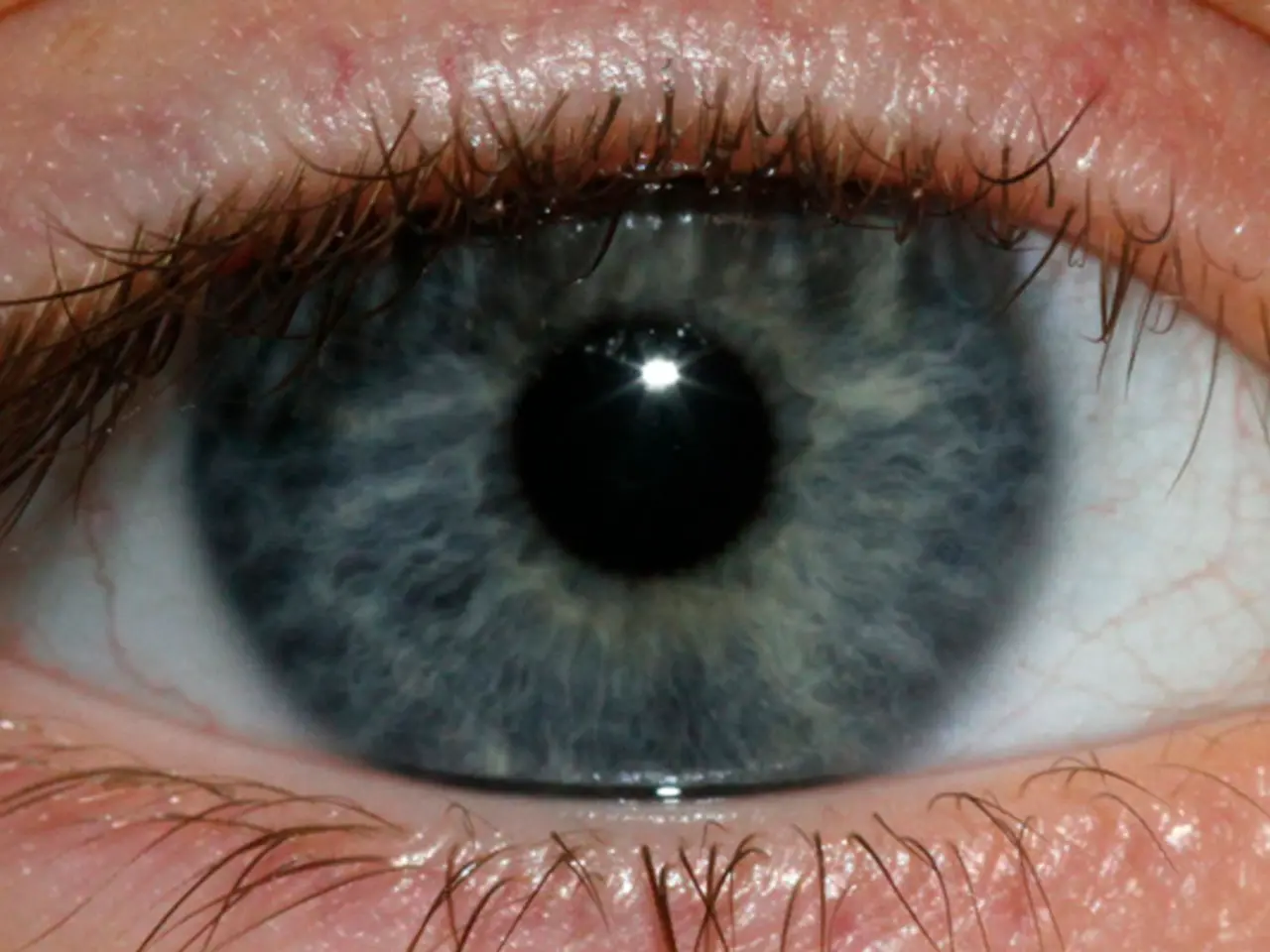Exploring the Art of Nonverbal Communication through Eye Language
In a groundbreaking study published in the journal Royal Society Open Science, cognitive neuroscientist Dr. Nathan Caruana from Australia's Flinders University has uncovered the significance of eye movements in social communication, both in human interactions and when engaging with virtual agents or robots.
The research, originally titled "The science of speaking with your eyes," involved 137 participants who were asked to complete a virtual activity to decide whether a simulated avatar was inspecting or requesting help to retrieve one of three objects. The study's key findings reveal that the context and sequence of eye movements are critical in understanding social communication and can be leveraged to create more effective interactions.
One of the most striking discoveries was the identification of a specific gaze pattern—looking at an object, making eye contact, and then looking back at the object—as highly effective in signaling a request for assistance. This pattern significantly increases the likelihood that the gaze is interpreted as a call for help, with participants up to 96% likely to perceive it as such.
Moreover, this communicative effect was consistent whether the gaze came from a human or a robot, indicating potential applications for social robots and AI systems. The study emphasizes that it is not just the act of making eye contact, but the context in which it occurs, that makes it meaningful. This includes the sequence and timing of eye movements relative to other actions or objects.
Understanding these patterns can help in designing more intuitive and natural interactions between humans and virtual agents or robots. This knowledge could also improve human-to-human communication by enhancing the ability to interpret and respond to social cues effectively.
The study's findings could potentially lead to technologies and training that enhance human connection and confidence in various contexts, such as sports, defense, and noisy workplaces. They could also support people who rely heavily on visual cues, such as those who are hearing-impaired or autistic.
In addition, the repetitive display of averted gaze, without the use of eye contact, can also signal intentionality or interest in a potential locus of joint attention. The research suggests that subtle eye movements are crucial building blocks of social connection.
Dr. Caruana suggests that the research aligns with their earlier work showing that the human brain is broadly tuned to see and respond to social information. Future research should separately manipulate the perceptual factors of averted gaze repetition and eye contact to fully understand their independent and shared influence on perceptions of communicative intent.
The findings could potentially help design virtual avatars and social robots for natural and intuitive human interactions, as well as improve non-verbal communication in situations where verbal communication is challenging or impossible. The study's implications could revolutionise our understanding and use of eye contact in social situations, whether with a teammate, a robot, or someone who communicates differently.
Science plays a crucial role in understanding the significance of eye movements in both human-to-human and human-to-robot interactions, particularly in the realm of health-and-wellness and mental-health. For instance, the research's identification of a specific gaze pattern as a powerful request for help can be beneficial in fitness-and-exercise scenarios, ensuring trainers and instructional AI utilize effective methods to communicate with their clients.
Moreover, the study's emphasis on the sequence and timing of eye movements underlines the importance of artificial-intelligence systems in mimicking human communication more accurately, potentially improving their interaction with users in health-and-wellness apps or social robots in a variety of settings.
Finally, the study offers promising potential for technology advancements that enhance human connection and communication in various fields, from sports and defense to workplaces with high noise levels. This research also holds significance for individuals with hearing impairments or autism, providing support for effective communication by highlighting the importance of subtle eye movements in social situations.




